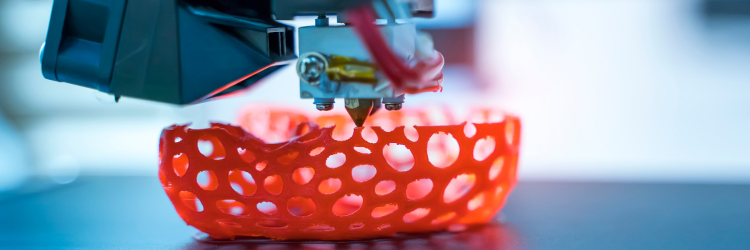First Functioning 3D-printed Brain Tissue
Zombies rejoice! This is the beginning of the end of chasing down humans for a meal. Soon, you’ll be able to sit in the shed and play Timesplitters 2 with Shaun and Ed. (If you haven’t seen Shaun of the Dead, it’s a fun little romp.)
In all seriousness, scientists at the University of Wisconsin-Madison have done something remarkable: they’ve 3D-printed brain tissue that grows and functions like typical brain tissue. It’s an achievement with important implications for understanding and treating neurological and neurodevelopmental disorders like Alzheimer’s and Parkinson’s disease.
Previous attempts at printing functional brain tissue stacked layers vertically as they printed. The team printed horizontally, situating the brain cells (neurons grown from induced pluripotent stem cells) in a soft “bio-ink” gel, like pencils laid next to each other on a tabletop. This gave the tissue enough structure to hold together in a medium that allowed the neurons to grow into each other, enabling them to interact.
The printed cells reached through the gel to form connections inside and across each layer, forming networks similar to human brains. The neurons communicate, interact, and even form proper networks with support cells added to the printed tissue.
The new technique is precise yet fluid, allowing control over the types and arrangement of cells, allowing scientists to study a multitude of functions and dysfunctions. The method is accessible to many labs and does not require special bio-printing equipment or culturing methods.
The team published their 3-D printing method in the journal Cell Stem Cell.

